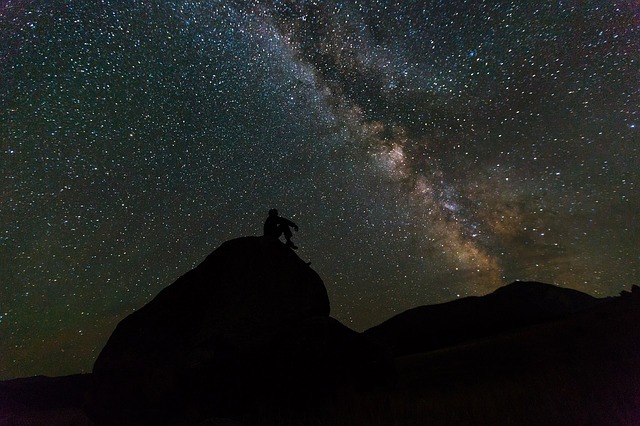As the new school year kicks off, you might be looking for new ways to get students involved and excited to
High altitude science involves more than one sense.
When it comes to traditional classroom projects, you might tackle a math worksheet, read a book together, or explain a scientific concept like kinetic energy. While these methods work for some students, they don’t work for students who have difficulty learning by only using a single sense. For example, reading a book is a great way for audible or silent learners to grasp a concept. But, other students learn better through visual learning or even by doing. Only reading about a subject doesn’t give a student the full potential to grasp a concept.
That’s where high altitude science steps in. By nature, high altitude science involves project-based learning which includes projects and activities requiring all five senses of the body. Studies suggest that by allowing students to learn through projects in which all of their senses are engaged, they have a great chance of retaining information and remembering the lessons.
High altitude science follows the story approach to learning.
When it comes to learning, one of the most helpful techniques is through the use of story. If you think about it, we’ve been using stories for centuries to communicate and remember our history. But, this process of telling stories to remember goes far beyond a history lesson. It impacts the entire learning process including science.
High altitude science projects often, if done correctly, involve the Scientific Method, which follows the usual pattern of a story.
There’s a beginning of the story or asking a question. Next, comes the exposition, the part where we learn more about the background. Then, the conflict or hypothesis is introduced. After that, the climax, the real meat of the story is exposed. In the Scientific Method, this is the actual testing or experimentation. Finally, the story is resolved or, in the case of the Scientific Method, conclusions are reached. By following this pattern, students are much more likely to retain the information they learned during the high altitude science lesson.
Curriculum impacts the results of a high altitude science project.
Launching a high-altitude weather balloon isn’t enough, though. Research shows that only launching a balloon as a one-time event doesn’t help students. However, incorporating high altitude science and a weather balloon project into a classroom can improve learning across the board. In a recent study, StratoStar worked with the National Science Foundation to learn more about the impact of high altitude science on learning. In the study, we learned that launching a balloon is more of an interruption in the learning process. However, when it’s incorporated into the curriculum, the launch of weather balloons can significantly improve learning for students.
Want to learn more about the study and how you can improve learning in your classroom through high altitude science curriculum? Download our latest e-book, High Altitude Weather Balloon Curriculum, to learn more about the impact high altitude science can have in your classroom.



